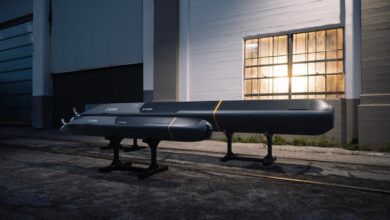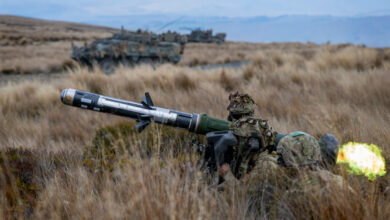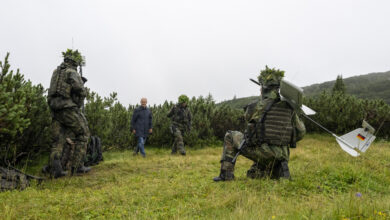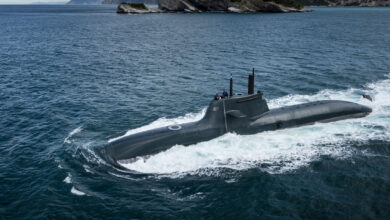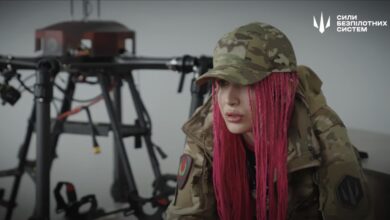A team of researchers has developed a technique to detect the acoustic signature of an unmanned underwater vehicle (UUV) in noisy surroundings.
These autonomous and untethered marine platforms are used for deep-sea exploration and military activities including intelligence gathering, surveillance, and reconnaissance.
Vessels are presently detected by analyzing passive acoustic data with the Detection of Envelope Modulation on Noise (DEMON) technique. The method detects vehicles by filtering their propeller noise, which varies from vehicle to vehicle.
Noise Pollution
However, in the shallow waters of harbors or noisy coastal areas, UUVs are often difficult to detect through the DEMON method because the noise emitted by the drone’s propellers gets mixed up with other sounds.
“Identifying UUV signatures and using those signatures to estimate a UUV’s speed for passive tracking is a relatively unexplored research area in comparison to other marine vessels,” said Kristen Railey, who led the study as a Draper Fellow.
Researchers from not-for-profit engineering innovation company Draper, the Massachusetts Institute of Technology, and Woods Hole Oceanographic Institute have developed a remote sensing method that characterizes and focuses on the motor noise of the drone’s propulsion system, which helps the operators estimate the propeller’s rotation frequency and the vehicle’s speed.
New System Proves Better Than DEMON In Experiments
Researchers reported that during field experiments, when a boat passed by a UUV, the new system was able to detect the vehicle’s motor noise. The DEMON algorithm, on the other hand, was dominated by the boat’s propeller noise.
“Understanding the origins of acoustic noise in autonomous platforms can inform quieter UUV propulsion design to avoid interference with onboard sensors and disturbance to marine life,” researchers explained in their paper describing the system.
Based on these findings, quieting techniques for brushless DC motors commonly used in UUVs can be assessed in the future, the paper said.
While the researchers used micro-small UUVs with a diameter of six or fewer inches in the experiments, the new method can be applied to larger robotic platforms as well.





